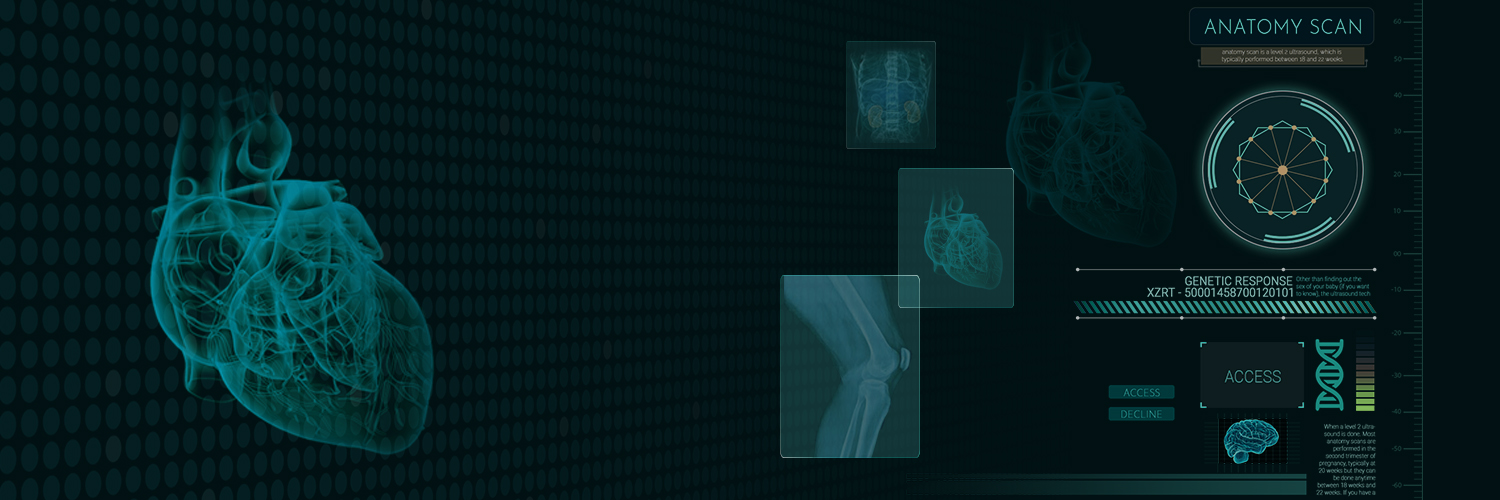RESPIRATION IN HUMANS
Breathing is the process by which air rich in oxygen is taken inside the body of an organism and air rich in carbon dioxide is expelled from the body (with the help of breathing organs).
Process of cellular respiration
- Different organisms have different ways to break glucose down to release energy.
- The organisms that perform aerobic respiration also take in oxygen in different ways, like those living on land can breathe in oxygen from the air, but those living underwater need to be able to take in dissolved oxygen in water.
- That is why fish open and close their mouths at a very fast rate because the amount of oxygen dissolved in water is comparatively lesser than the amount of oxygen in the air. Similarly, other aquatic animals breathe at a faster pace.
- Humans have developed a complex respiratory system involving a lot of different organs to breathe in oxygen and breathe out the toxic carbon dioxide.
- The air for respiration draws into our body through the nostrils present in the nose.
- The air for respiration is drawn into our body through the nostrils present in the nose.
- Fine hair and mucus lines up the nasal passage. Glands inside the nasal passage secrets mucus. When air passes through the nasal passage, the dust particles and other impurities present in it gets trapped by nasal hair and mucus.
- This cleans the air that goes into the lungs.
- From the nasal passage, air enters into pharynx and then goes into the wind pipe (or trachea). Trachea does not collapse even when there is no air in it as it gets the support by rings of soft bones called cartilage.
- The upper end of trachea has a voice box called larynx.
- The trachea runs down the neck and divides into two smaller tubes called ‘bronchi’ at its lower end.
- The two bronchi connects to the two lungs.
- Each bronchus further divides in the lungs to form a large number of still smaller tubes called ‘bronchioles’.
- The smallest bronchioles have tiny air-sacs or balloon like structures at their ends called ‘alveoli’.
- Gaseous exchange takes place in the alveoli.
- During the process of ‘breathing in’ the air sacs or alveoli of the lungs get filled with air containing oxygen.
- Thin blood vessels called capillaries carrying blood surrounds the alveoli. So the oxygen of air diffuses out from the alveoli walls into the blood.
- The oxygen gets carried by blood to all the parts of the body .
- A red pigment present in the blood, called haemoglobin carries oxygen.
- As the blood passes through the tissues of the body, the oxygen present in it diffuses into the cells. This happens due to the higher concentration of oxygen in the blood.
- Further, oxygen combines with the digested food (glucose) present in the cells to release energy.
- Waste product in the form of carbon dioxide generates during respiration in the cells of the body tissues.
- This carbon dioxide diffuses into the blood due to its higher concentration in body tissues.
Rate of breathing:
The average breathing rate in an adult man at rest is about 15 to 18 times per minute.
